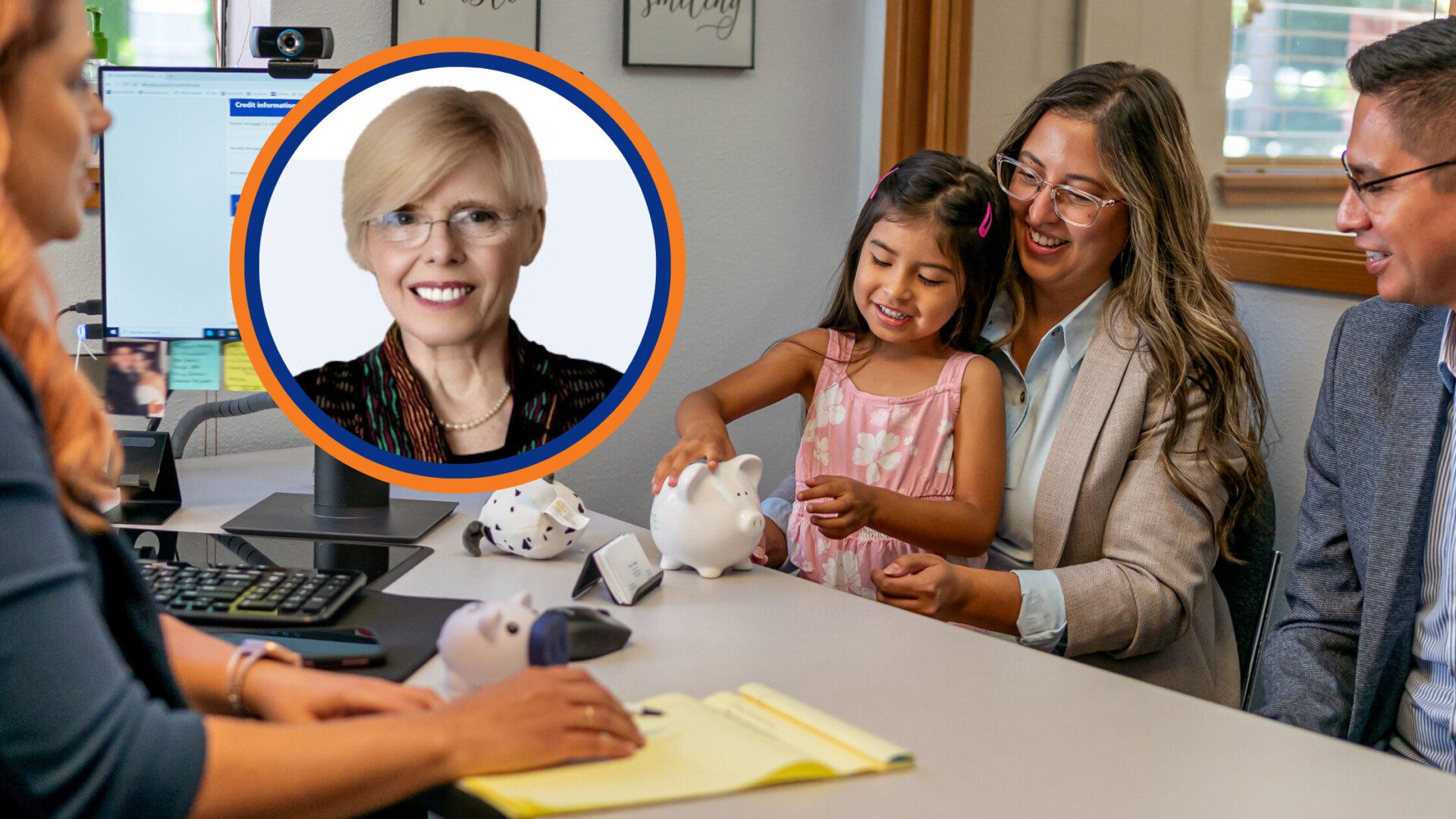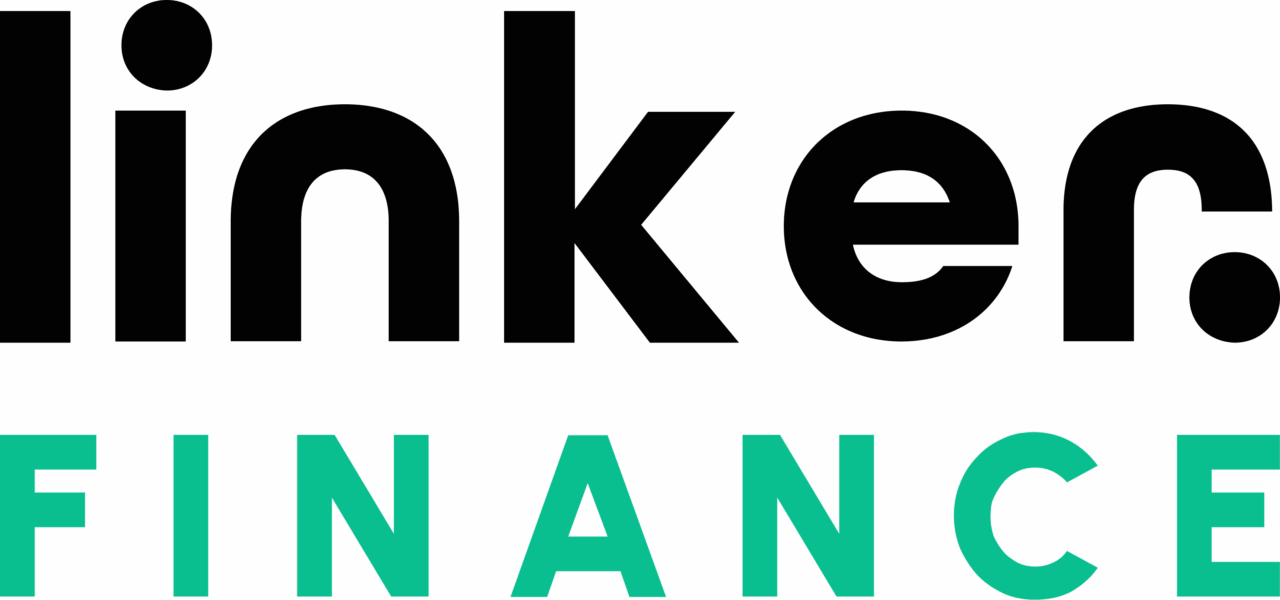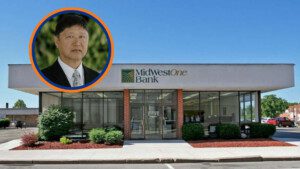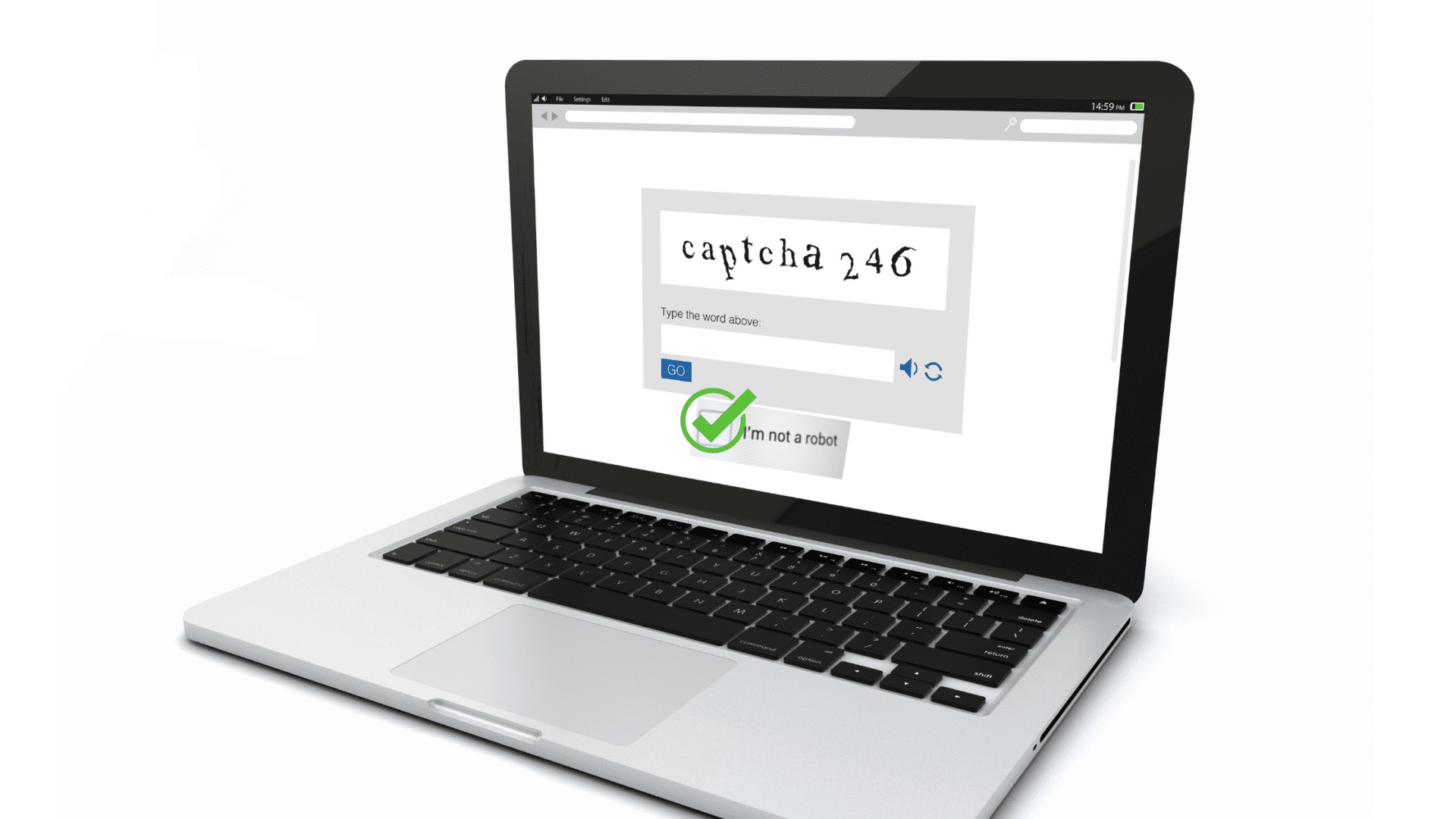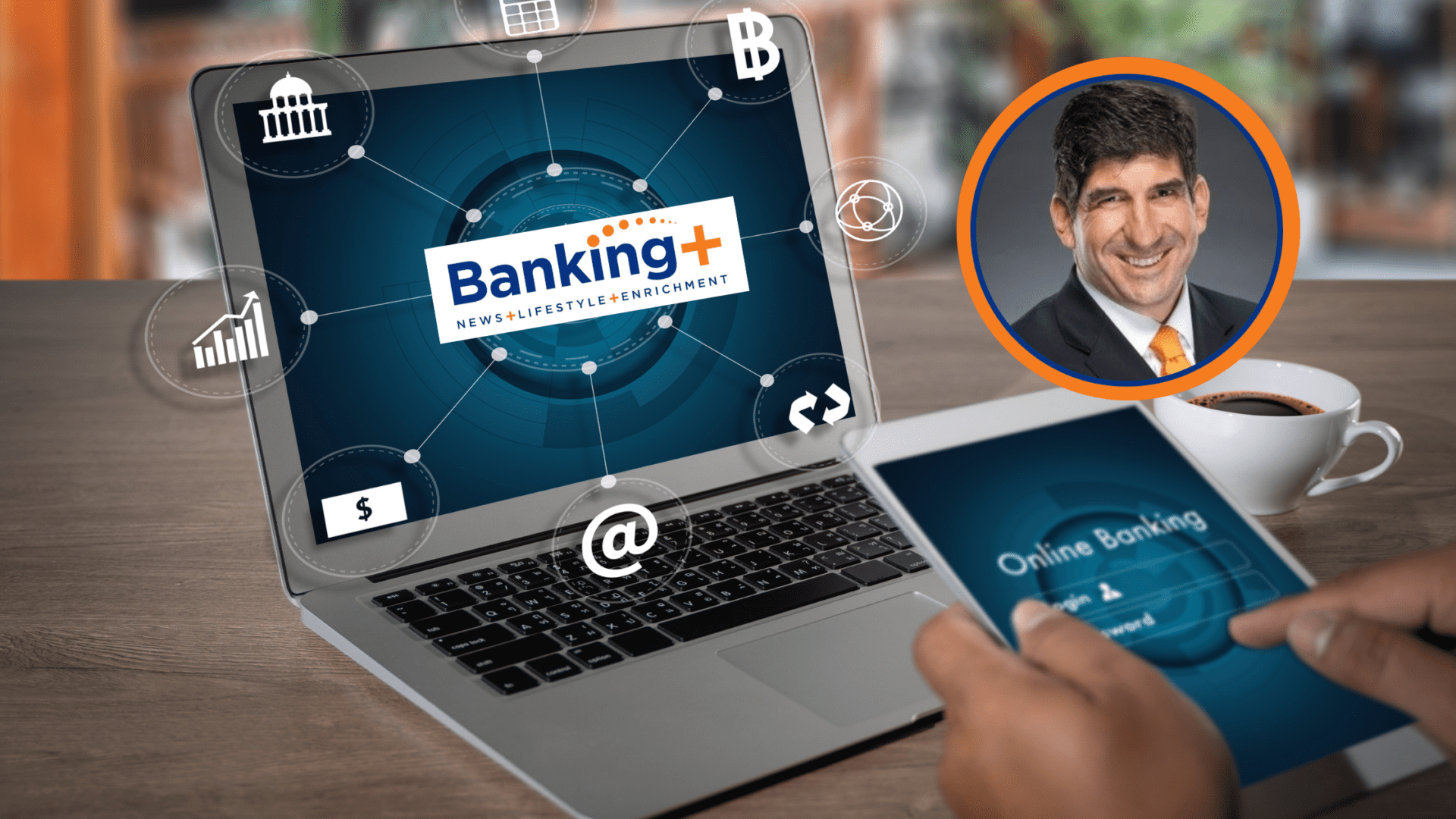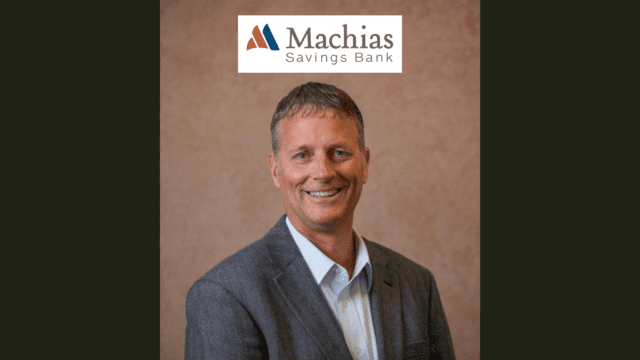If you have ever asked a client “Where else do you bank?”, and they danced around your question, you have a trust problem. Confusing “likeability” with “trustability” is a dangerous pit that many bankers are in but don’t realize.
Dr. Maggie Baker, is a licensed psychologist and financial therapist with over 30 years’ experience. She has a Ph.D. from Bryn Mawr College, and is the author of “Crazy About Money: How Emotions Confuse Our Money Choices and What to Do About It.” She has dedicated her career to exploring the intricate psychology of financial trust.
She stresses that this fundamental anxiety toward banks often begins in childhood: “Opening a savings account as a child is a rite of passage. But for a young person, handing over money to the bank can feel like losing control. Early anxiety about money can linger into adulthood, subconsciously fueling mistrust.”
Adding to this, Baker highlights the negative media narratives banks frequently face: “Banks rarely appear positively in the news unless it’s about philanthropy. Fraud and scandals dominate headlines, embedding deeper skepticism. Our brains prioritize negative information, owing to an evolutionary negativity bias.”
Further compounding this mistrust, Baker argues, is the banking industry’s shift toward automation. “Reduced human interaction can alienate customers who value personal connections,” she says. “COVID-19 further intensified isolation and distrust by limiting face-to-face interactions essential for trust-building.”
How Banks Can Build Customer Trust
Dr. Baker identifies several critical situations where banks can actively build trust:
Building Trust During Key Customer Life Events
“Being genuinely present during emotionally charged situations—such as bereavement or job loss—dramatically builds trust. Customers remember who was there for them in tough times.”
While Baker points out how individuals were separated from the social elements of the pandemic, she specifically points to the Paycheck Protection Program (PPP) as an exemplary scenario in which banks dramatically built trust by emotionally investing in their customers’ success.
“PPP loans were a profound trust-building moment,” she emphasizes. “Bankers were emotionally involved, sometimes speaking with distressed clients after midnight, fighting alongside them to secure disappearing funds. It wasn’t just about completing loan applications—it was about genuine empathy and emotional support during a crisis.” She elaborates: “Customers saw firsthand their bankers going the extra mile, sharing their distress, and actively advocating for their survival. The bonds formed in these shared traumatic experiences created trust that will never be broken.”
Proactive Problem-Solving
“Using your experience to anticipate problems communicates genuine concern, reinforcing trust that the bank is actively safeguarding customers’ interests.” She vividly recounts a story illustrating this point: “A proactive banker noticed a new business customer’s credit card deposits hadn’t come through for four days and quickly alerted them, preventing potential financial chaos. This proactive behavior makes customers feel deeply cared for, cementing trust.”
Fostering Personal Connections
“Simple, authentic conversations during routine interactions significantly lower barriers. If tellers have time for personal conversation, customers feel genuinely valued,” Baker advises.
Further, she strongly advocates for bankers to share their personal stories. “Customers want to know their bankers beyond the job titles,” she explains. “Knowing a banker’s background, their personal experiences and even their reason for entering the banking industry in the first place humanizes them and is a key trust builder.”
In addition, Baker suggests that short videos can also serve as effective introductions to the bank’s staff: “At my dentist, the waiting room has a video running. It’s the dentists talking about their lives and backgrounds. Knowing their stories creates familiarity and trust.”
Consistency Creates Trust
Dr. Baker identifies consistency as foundational to trust-building: “People inherently need structure and consistency. Inconsistency, especially with something as sensitive as money, triggers heightened anxiety.” She illustrates how rotating staff at big banks damages trust, noting: “If every time you go into the bank it’s a different teller or one from another branch, that inconsistency creates suspicion and unease, pushing customers away.”
Leveraging Customer Testimonials
Baker highlights the unique psychological strength of genuine testimonials from satisfied customers. “Stories from real people resonate deeply,” she says. “A personal story about a positive bank experience shared authentically online is far more impactful than polished marketing. People naturally trust their peers.” This tactic can be very tricky however.
“A very influential customer of the bank who has the ear of the masses can be a very valuable ally. If this person were to take it upon themselves to give the bank a plug, say, in a selfie reel, it is more powerful than a bank scheduling the same person to star in a branded, professionally produced marketing video. The difference is its authenticity. A viewer of the latter is hard-wired to think, ‘Oh, this ‘customer’ person was paid to say that.'”
Building Trust Through Transparent Banking Communication
Baker addresses the importance of transparency, advising that “…[C]lear, jargon-free explanations build confidence. Understanding complex financial options significantly reduces customer anxiety and fosters trust.”
Transparency, according to Dr. Baker, can significantly ease customer fears: “When customers clearly understand how their money is managed and why certain information is requested, their fear diminishes.”
She encourages banks to proactively explain financial products, emphasizing that clarity removes suspicion. “If somebody wants you to be confused, they keep things opaque,” she asserts. “Clarity reduces paranoia, enabling customers to respond more rationally.”
Building Banking Trust Through Community Involvement
“Visible, meaningful engagement in local initiatives reinforces the bank’s reputation as a trustworthy community partner, effectively humanizing the institution.” But Baker cautions: “Be careful to understand the source of the story. If the bank is producing the story, it can come off as ‘Look at us.’ The desired outcome, however, should be for the people and organizations you are supporting to be the ones saying, ‘Look at what the bank did for us.’ These are two very different messages.”
Nurturing Human Connections: Dr. Baker’s Practical Steps for Banks
Baker provides concrete advice for banks to invest in personal interactions, enhancing customer experience. “Banks need to actively nurture human connections,” she states. “Here will be a very unpopular opinion, but having more tellers to reduce waiting times and allowing them to have more interaction with customers is a very powerful psychological ‘sticky product,’ as bankers like to say.“
“Even simple gestures like shorter wait times or creating welcoming environments in which customers feel comfortable and seen goes a long way toward building lasting trust.”
Additionally, Baker suggests banks consider the psychological impact of small touches, such as having “…a small coffee area in the lobby,” allowing customers to feel more relaxed and valued through the demonstration of genuine care about their experience.
Why Human Interaction Remains Crucial for Banking Trust and Success
Despite the rise of technology, Baker remains firm in her conviction about the enduring need for human connection: “Technology should enhance—not replace—human interactions. The future belongs to banks that blend efficiency with meaningful personal engagement.”
Ultimately, Dr. Baker believes that “…banks are not just managing money—they’re nurturing human relationships. Prioritizing transparency, consistency, personal storytelling, and genuine emotional investment builds an unshakable foundation of trust, ensuring lasting customer satisfaction and institutional success.”
She leaves banks with a compelling final thought: “Customers will always need and value human interaction. Technology can evolve, but our fundamental human wiring for trust, empathy, and emotional support will never change. That’s what banks need to invest in.”

